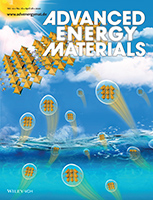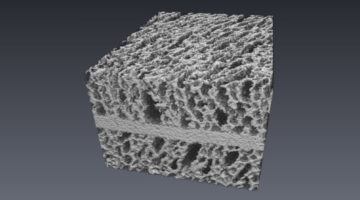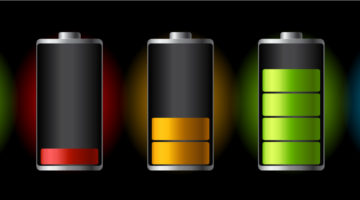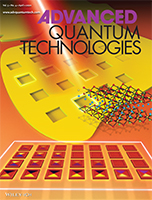Chaochao Qin, Alex K.-Y. Jen, Kai Yao and co-workers describe a generic guideline for fine tuning colloidal properties of 2D perovskites via coordination engineering of the single-crystal precursor solution. In nonpolar co-solvent media, the derived colloidal templates prefer to grow along the vertical direction with a narrow phase variation, elucidating the critical role of colloidal chemistry in low-dimensional perovskite solar cells. Read more »
Porous Electrolyte Frameworks for All-Solid-State Batteries
With the help of microtomography at the ALS, researchers developed a method to produce a porous electrolyte framework that they used to construct a working all-solid-state battery. Such batteries potentially offer a higher energy density, longer cycle life, and better inherent safety than state-of-the-art lithium-ion batteries. Read more »
Study Leads to Firmer Grasp of Biochemical “Reactive Handle”
Protein crystallography provided new insight into a functional group of molecules that, if added to bacterial enzymes, could enable a variety of alterations to the bacteria’s polymer output. Tweaking enzymes to produce these “reactive handles” is a first step toward biosynthesizing diverse polymers with tailored properties. Read more »
ALS in the News (April 2020)
-
-
- World’s physics instruments turn their focus to COVID-19
- Mystery solved, rotavirus VP3 is a unique capping machine
- Berkeley Lab teams compete to feed the hungry
- Berkeley Lab Advanced Light Source x-ray facility to study COVID-19
- Seeing ‘under the hood’ in batteries
- Berkeley Lab to conduct R&D to improve the nation’s COVID-19 testing capabilities
- Jennifer Doudna awarded 2020 Guggenheim Fellowship
- National labs join fight against COVID-19
- COVID-19 related research at Berkeley Lab
- Critical research hit as COVID-19 forces physics labs to close
- 13 reasons we know why Roman concrete is stronger than its modern equivalent
-
Direct Imaging of Fracture Closure in Reservoir Shales
Using x-ray microtomography at the ALS, researchers identified and characterized the microscale factors affecting fluid flow through shale fractures propped open with sand or ceramic spheres. A better understanding of propped fractures can lead to safer and more efficient recovery of hard-to-reach oil and gas resources. Read more »![]()
![]()
Assembly Lines for Designer Bioactive Compounds
Researchers successfully bioengineered changes to a molecular “assembly line” for bioactive compounds, based in part on insights gained from small-angle x-ray scattering at the ALS. The ability to re-engineer these assembly lines could improve their performance and facilitate the synthesis of new medically useful compounds. Read more »![]()
![]()
Seeing ‘Under the Hood’ in Batteries
To push battery performance, researchers want to learn how the individual ingredients of battery materials behave beneath the surface. But many techniques only scratch the surface of what’s at work inside batteries. A high-sensitivity x-ray technique is attracting a growing group of scientists because it provides a deeper, more precise dive into battery chemistry. Read more »
Staff at Berkeley Lab’s X-Ray Facility Mobilize to Support COVID-19-Related Research
X-rays allow researchers to map out the 3D structure of proteins relevant to diseases at the scale of molecules and atoms, and the ALS has been recalled to action to support research related to COVID-19, the coronavirus disease that has already infected about 2 million people around the world. Read more »
Highly Enhanced Curie Temperature in Ga‐Implanted Fe3GeTe2 van der Waals Material
Researchers report an effective and reliable method of increasing the Curie temperature of ferromagnetic Fe3GeTe2 (FGT) van der Waals (vdW) material by Ga implantation, opening a new opportunity for tailoring the magnetic properties of vdW materials beyond room temperature for future spintronics applications. Read more »
Debut of ALS-U Swap-Out Injection Video
An entirely new ring— the accumulator—is a key element of the ALS Upgrade (ALS-U) project. But what, exactly, does it do? How does swap-out injection differ from top-off injection, and how does it enable ALS-U? A short, 90-second explainer video provides clear answers to these and other questions. Read more »
- « Previous Page
- 1
- …
- 44
- 45
- 46
- 47
- 48
- …
- 83
- Next Page »








